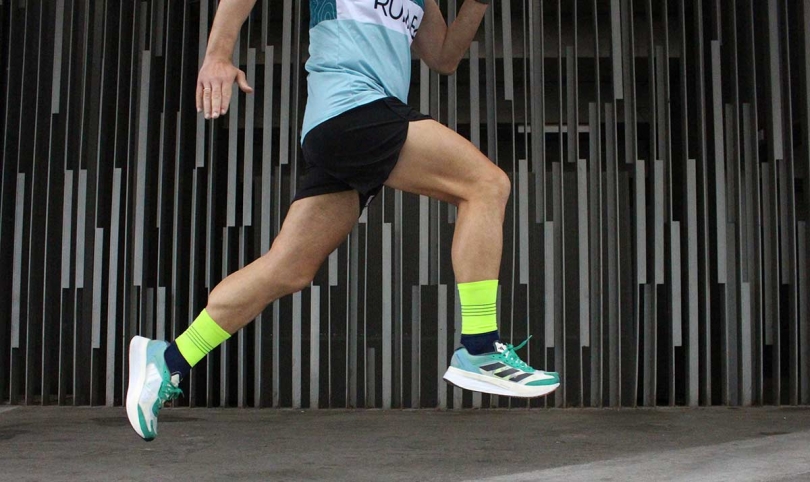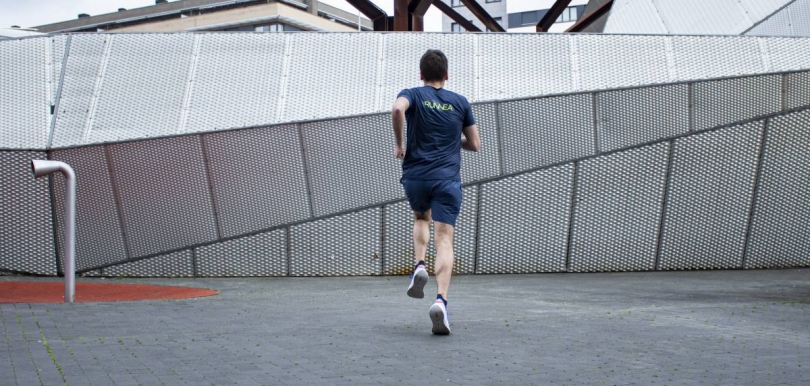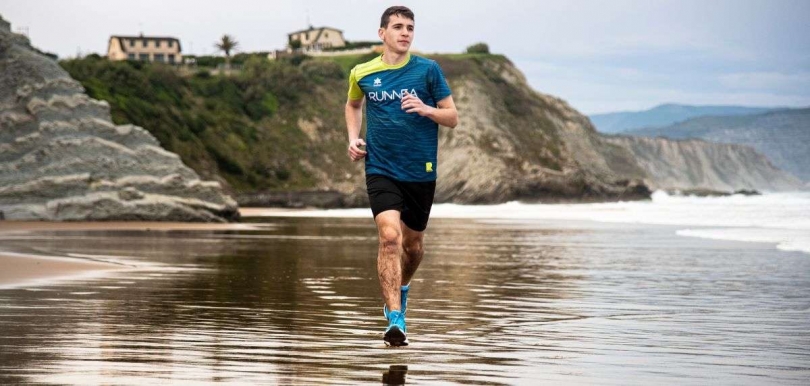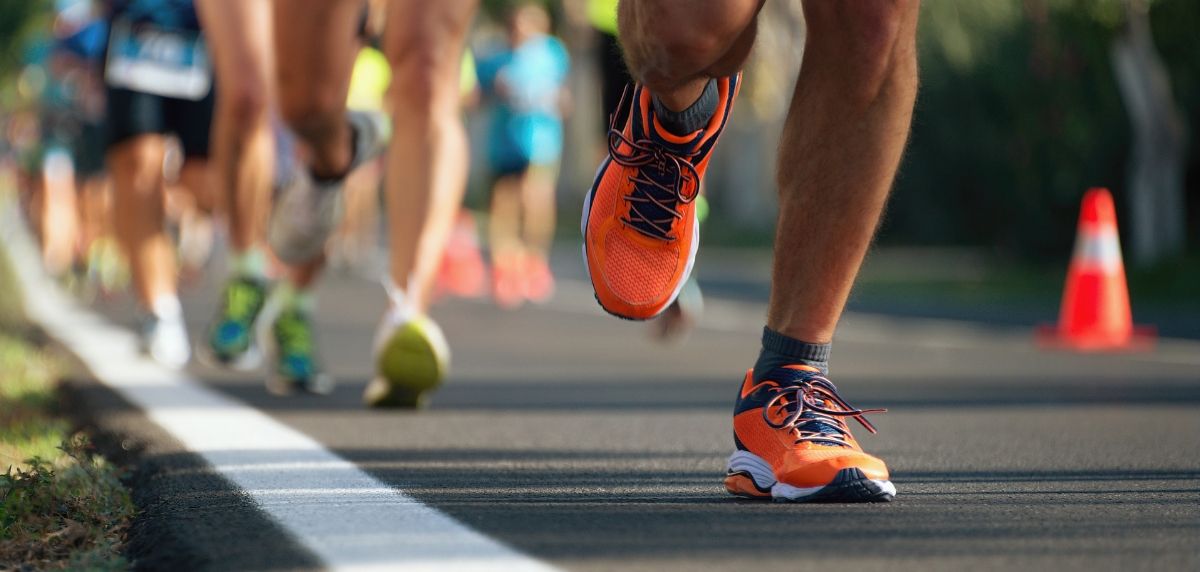You may be interested in:
Are you an experienced runner or a newcomer to the world of running? Whatever your level, training and good planning are two of the key factors in reaching any goal you set for yourself. The objectives that lead us to train and persist in it are diverse, but in many cases, it's to set ourselves a personal and sporting challenge that helps motivate us and gives meaning to our weekly sessions.

From a practical and realistic point of view, if we have been running and training for a short time, we should set ourselves achievable goals. This will translate into achievable distances, which can be trained with the mere objective of finishing them. On the contrary, we can take these distances to try to improve our best time, since they will require the investment of fewer hours and kilometres of training.
TOP RUNNING SHOES
Best selling running shoesFor example, the distance of 10 km can be a very interesting goal both for people who have been running for a short time, and whose goal is to finish the competition, and for those who want to improve their record and serve as preparation for a half marathon or marathon. If you are one of the former, this post will help you better understand how your preparation should be, how much you should train, at what pace, in what way... In other words, you will be able to start your adventure with the certainty that you will be taking the right steps.
If you are one of the latter, those who are already looking for a specific record and want to master the fundamental aspects of the race, do not hesitate to read on, as we will give you some quality advice to face your challenge in the best possible way.
10K training plan: what you need to know
We know that a sports preparation always leaves uncertainty in athletes. Am I training properly? Am I overdoing the intensity? Am I prepared for the race? All these questions will assault your head and make you doubt the planning you are carrying out. However, at RUNNEA we will solve some of them, so you can run with more confidence and enjoy your journey to the finish line.
A personalised training plan is essential if you pursue any of the following goals: not getting injured, training based on your real physical capacity and not on a generic plan, not overtraining, not losing motivation or getting the best possible result based on the above factors.
How much should I train?
This question has several branches. The first comes from the frequency of training. Three days a week, which will equate to three running sessions, is the minimum from which to start. I know that everyone knows someone who trains twice, or even once a week, and gets good times, but if we want to face the competition with confidence we must ensure a training base.
As for how long, the session can vary from 30 minutes for the first sessions to 90 minutes for the more demanding sessions of running or technique training. As a general rule, 60 minutes per session is an interesting time from which to start. Obviously, if we can dedicate more time and frequency to training, we will be better prepared to face the challenge, as long as we are supervised by a trainer or physical educator.

How many kilometres will I have to do?
Sometimes we become obsessed with long runs and think that this is where the improvements occur. However, in this type of distances these improvements don't happen the same as in half marathon or marathon distances. Runs of 12-14 kilometers can be done as long as they are not done at a very demanding pace. As a general rule, we can find weekly training volumes ranging from 35 to 70 kilometres. Obviously it will depend on the level of the runner, the number of days of training and the sessions they do.
However, the most important thing is the training time over the amount of kilometres. Two runners may run the same number of kilometres, but the time spent may be different, so the time spent on the stimulus as well. This is something to take into account when planning your workouts and calculating your weekly volume.

Will it be necessary to do sets?
Here the answer is it depends. If your goal is to finish the race, regardless of the time, if you do not want to suffer too much in the sessions and you do not want a significant improvement in your performance, probably intervalic work, sets and repetitions have no place in your programme.
On the other hand, if even with the main goal of finishing your first 10k, you want to alternate medium-high-intensity workouts with low-intensity workouts to make your sessions less monotonous, you can include this type of work in your program. If the intensity work is correctly timed it will make you improve considerably and you will be able to run at the same intensity with less fatigue. Every well-done effort brings a reward.
At what pace should I do the sets?
The pace will depend on what you want to work on. Before we start running fast just for the sake of it, we should at least do a field test to establish our Maximum Aerobic Speed (MAS).
At RUNNEA we propose several distances in order to estimate this parameter. It is necessary to know where to start from in order to establish work paces. Depending on this parameter we will be able to train above this intensity, below the race intensity. We will have an endless number of options.

How much time do I need to prepare for this distance?
It is difficult to determine this concretely, but, with a little previous running experience, 3 months of training may be enough if our goal is to finish the race well.
For people who start from scratch, it will be necessary to consider a longer-term progression in order for their participation in this type of distances is safe, avoiding overloads and injuries due to a too hasty progression. In turn, if your goal is to improve your personal best, 3 months of specific preparation could be the best way to try to reach this milestone.
What you have to take into account to lower your 10K time
With the advice we've already given you, you've probably already got an idea of the level of training you need to do, and how you need to do it to successfully finish a 10k. However, we will now show you some of the specifics that you should follow if you want to try to lower a certain time. First of all, before finding out what guidelines to follow to lower that desired mark you want, you should know what the MAS (Maximum Aerobic Speed) is and its close relationship with the VO2max or maximum oxygen consumption.
Your Maximum Aerobic Speed (MAS) will determine the maximum running speed that an athlete can reach when their oxygen consumption is at its maximum (VO2max). This value depends on one hand on genetic factors and on the other hand on the level of training of the athlete, so it is a fully trainable index. You can find out everything you need to know if you access our article: What do we talk about when we talk about VO2max?
Once you have read and understood what VO2max means for training, you will be able to better understand and assimilate the guidelines that we will offer below to go after that mark you want to break. First and foremost, you must understand that the specifications presented here can and will vary depending on the runner's fitness level, capabilities, how long they have been running, and even the mood or weather conditions on the day of the race.

Go under 50' in your 10k
- Recommended weekly mileage: Between 45 and 50 kilometres.
- Frequency of workouts: Between 2 and 3 workouts per week.
- Plan duration: No less than 5 months.
- MAS percentage at which you should be able to run: Between 85% and 88% of your MAS (Maximum Aerobic Speed).
Go under 45' in your 10k
- Recommended weekly mileage: Between 50 and 55 kilometres.
- Frequency of workouts: At least 3 workouts per week.
- Plan duration: No less than 4 months.
- MAS percentage at which you should be able to run: Between 88% and 90% of your MAS (Maximum Aerobic Speed).
Go under 40' in your 10k
- Recommended weekly mileage: Between 55 and 65 kilometres.
- Frequency of workouts: At least 3 workouts per week.
- Plan duration: Between 3 and 4 months.
- MAS percentage at which you should be able to run: Between 88% and 91% of your MAS (Maximum Aerobic Speed).
Go under 35' in your 10k
- Recommended weekly mileage: Between 65 and 75 kilometres.
- Frequency of workouts: At least 4 workouts per week.
- Plan duration: About 3 months.
- MAS percentage at which you should be able to run: Between 89% and 93% of your MAS (Maximum Aerobic Speed).
Read more news about: Running Training







































